Furiosa: A Mad Max Saga Review: Spectacular, Epic and Enthralling
Cast: Anya Taylor-Joy, Chris Hemsworth, Lachy Hulme, Tom Burke
Director: George Miller
Where We Watch: At the Cannes Film Festival
Filmyhype.com Ratings: 4.5/5 (four and a half stars)
Furiosa: A Mad Max Saga, the incredible prequel with Anya Taylor-Joy, and Chris Hemsworth directed by George Miller. In 2015, George Miller gave the world Mad Max: Fury Road, sparking a revolution in action cinema and raising the standards of the genre to epic new heights. Today, with his latest masterpiece Furiosa: A Mad Max Saga, Miller once again proves he is an unparalleled artist in his field. Because, as we will see in this review of Furiosa, if the predecessor can already be, rightly, considered an undisputed point of reference, this prequel not only equals it but probably almost manages to surpass it in a visual and narrative symphony that leaves you breathless. It’s been almost ten years since the premiere of Mad Max: Fury Road, George Miller’s dazzling action masterpiece, a special effects explosion that, it was hoped at the time, would inspire a new era of arthouse blockbusters. Unfortunately, this was not the case, and therefore Miller returned to offer us another work.
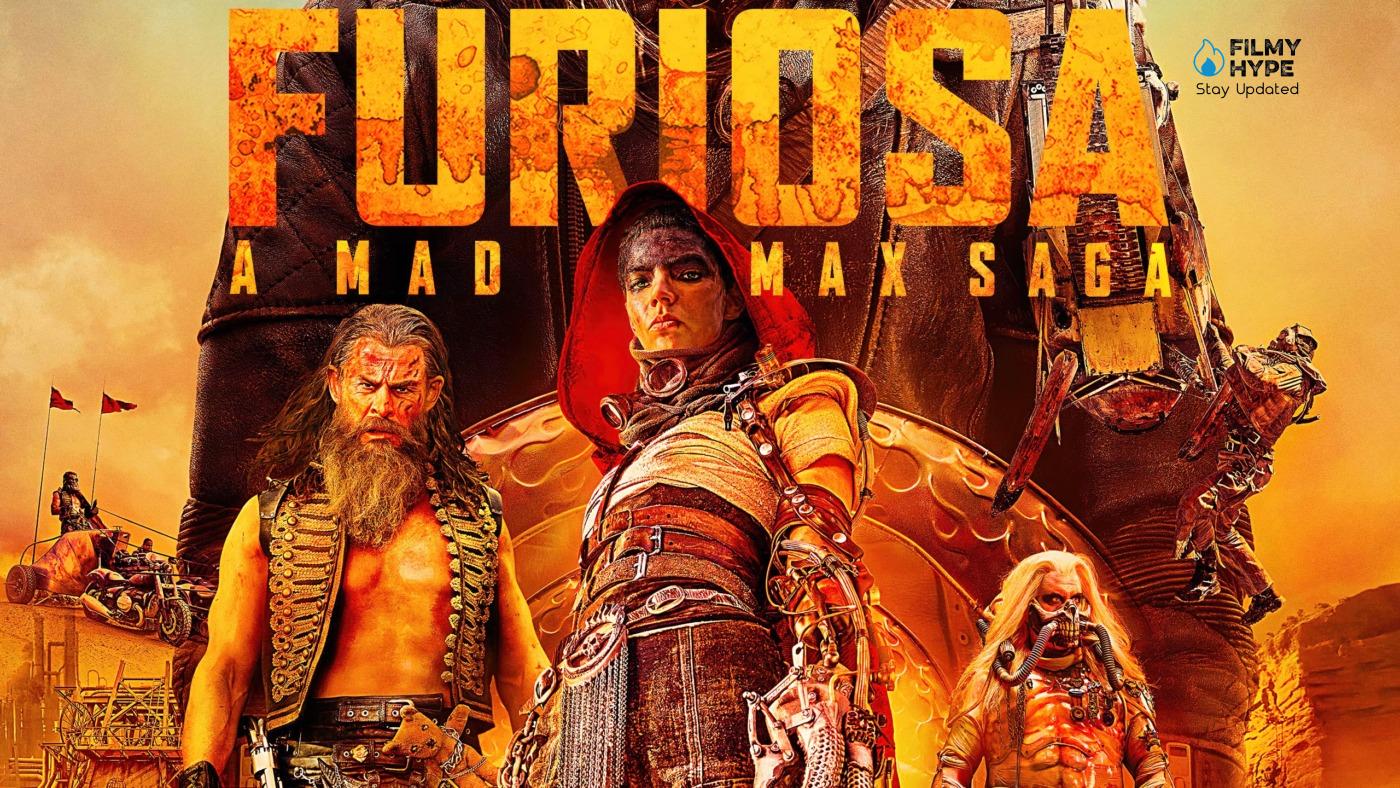
Furiosa: A Mad Max Saga, which premiered at the Cannes Film Festival on May 15, is a story that tells the origins of the title character and sets the stage for the epilogue of Fury Road. The prequels are rarely inspiring. Suspense is dampened by familiarity; side stories too often fit awkwardly with what came before (but happens after). The studios’ misjudgment is that the public will want to know more and more about a character characterized just right so as not to extinguish curiosity: certainly, we all want a detailed story on how Furiosa became a formidable lieutenant in a lord’s army of the wasteland war. As far as I’m concerned, however, I didn’t, I didn’t have this desire. It’s difficult to shake off the initial skepticism as Furiosa slowly springs into action.
Furiosa: A Mad Max Saga Review: The Story Plot
The plot of Furiosa: A Mad Max Saga takes place chronologically before the events narrated in Fury Road, taking viewers back in time to explore the origins of one of the saga’s most iconic characters, and perhaps of this century. However, this film’s ability to go far beyond a single character is extraordinary. With intelligence and depth, George Miller masterfully manages to expand the entire Mad Max universe, weaving an engaging plot that adds new nuances to the already rich post-apocalyptic landscape. In Furiosa, Miller introduces not only new elements that help enrich the narrative but also delves into the dynamics of power and survival in a world ravaged by war and desperation. Through this original story, the film explores universal themes such as revenge, offering a more in-depth and complete vision of more characters we have already seen.
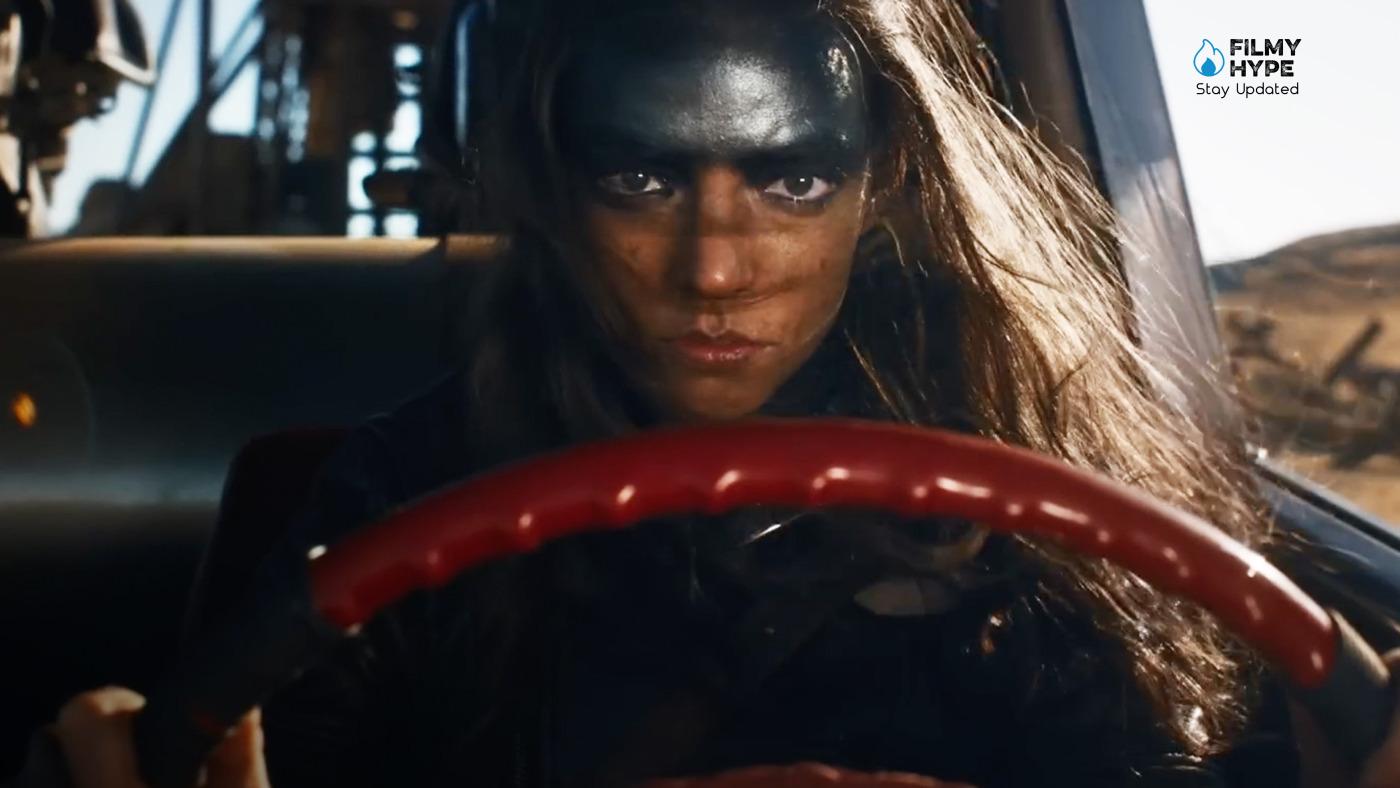
Yet even for fans of the saga, who already know what will happen next, the film manages to surprise on several occasions. And to never be seen before. That’s because the prequel doesn’t just fill in gaps in the saga’s chronology, but stands as an essential new chapter that enriches and deepens our understanding of the post-apocalyptic world Miller created. Opening up, possibly, to further chapters. The Australian director and screenwriter gives us a more complete and satisfying, but not definitive, perspective. Indeed, he takes us on a new journey as engaging and compelling as the previous one, but with many new details and facets that make this decadent and dangerous world more fascinating and alive than ever.
Furiosa: A Mad Max Saga Review and Analysis
Miller says he wouldn’t have made another Mad Max if he hadn’t had a different idea, distancing it tonally and stylistically from its predecessors. I beg to differ: Furiosa is a branch of Fury Road, a path that branches off from the main Strafa Furiosa, but it is its daughter. A tree that sprouts from the body of what has been, from its living flesh. It is the first Mad Max that does not present itself as a break from what came before, it works so much in concert with Fury Road that they are almost inseparable. For this reason, it is inferior, but only slightly, to Fury Road. It is not a seismic shock that revolutionizes the landscape, but in its best moments, it expands the panorama in new directions, which embellishes what we have already seen. It is the past that deserves an iconic, popular, and epochal character like Furiosa, placed in the hands of an actress – Anya Taylor-Joy – who manages to be up to the task of standing up to Charlize Theron’s best role and putting her all into it she.
The most exciting aspect of Furiosa is its cinematography. The story slowly thins out until only the images, the movement, the colors are left. Each element is loaded with a strong symbolic value, which ranges from the Bible (there is an Eden followed by a crucifixion) to the Greek epic (Troy, the deceptions of Ulysses, Tiresias), passing through the cinema of revenge, for Kurosawa, for Miller himself. There is an essential and primary use of colors, of whites that become red and then black on the characters and tell of their evolution, their degradation. This is the ballast of the film: it is difficult to be surprised or agile from a narrative point of view when everyone knows what is going to happen. Miller must therefore rely on his sets to raise the temperature, to make this whole race towards destiny worth living. With food, fuel, and weapons policies in order, Furiosa fires up the engines and chases the grandeur of her predecessor.
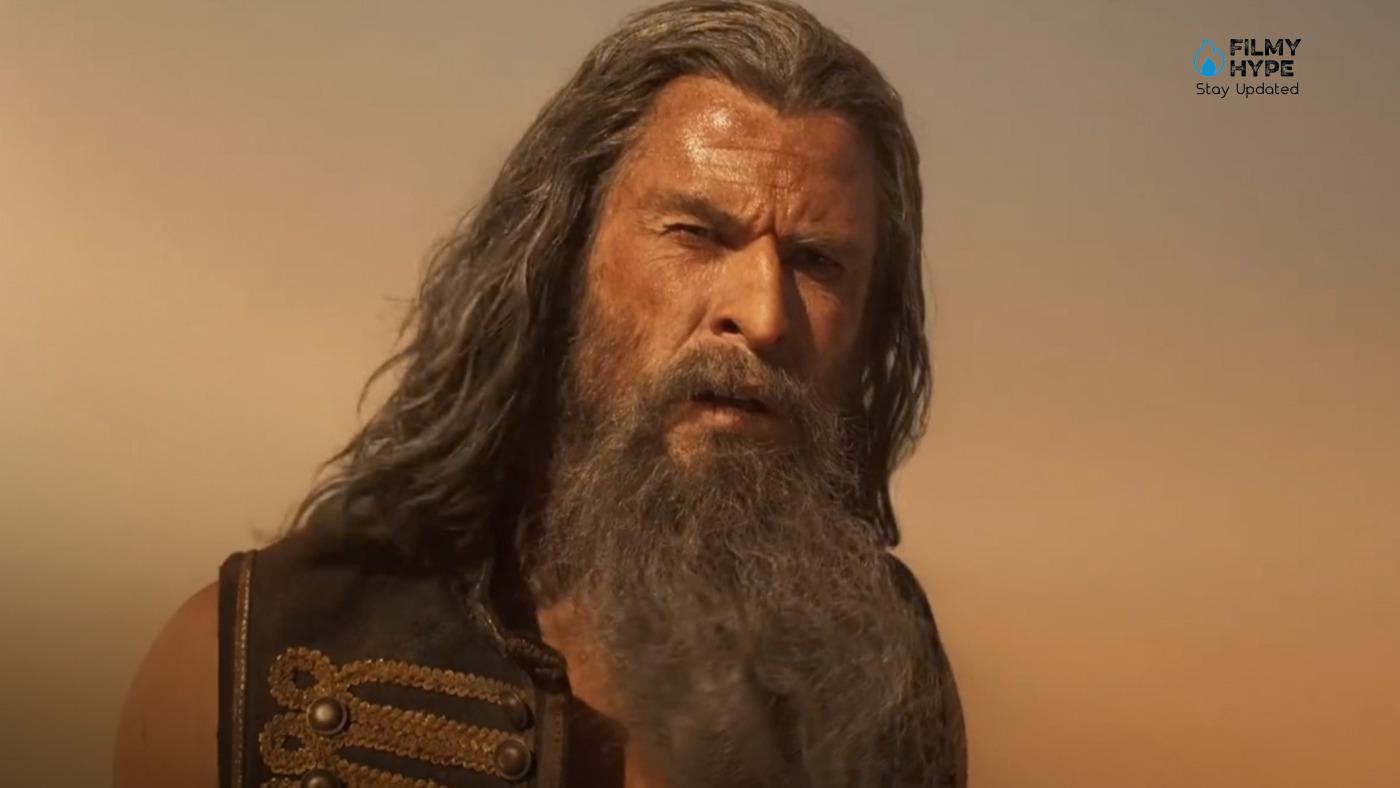
It doesn’t reach it, but it gets close enough to allow us to see the rear lights of Fury Road in the distance. Furiosa, with its darting bikes and paragliders that rain fire from the sky, works best at top speed. When the film comes to life, about halfway through, its cacophony of machinery proves electrifying. And, in her way, strangely comforting too: ah, yes, there’s that glorious old racket again. This time we rely more often on the green screen, but Miller continues, unlike many of his blockbuster brothers, to favor analog. The clang of metal and the crunch of bones are heard; the tension and effort of stuntmen and main performers pushed to the limit are tangible and appreciable. Every location – Gastown, the Bullet Farm, the dizzying heights of the Citadel – are richly crafted, small towns dotting the map of Millerian hell. The director evokes a vastness, then focuses us on the spectacle, at times emotional and tearful, of some small people fighting for survival.
Then, as a young woman, Furiosa is played by Anya Taylor-Joy, with graceful rigor. She drives, she shoots, and she walks on the roof of a tanker that zooms at high speeds with granite composure. It’s easy to draw the line between her Furiosa and Charlize Theron’s version, aided by the film’s increasingly convincing emotional arithmetic. Furiosa is given a possible romance, Tom Burke’s Praetorian Jack, who could offer her a way out, a path back to the lush house from which she was kidnapped. But hope in the world of Mad Max is a fleeting thing: Miller’s implacable and exhausting vision looms over everything. It can also be grimly funny. Hemsworth gives the film’s flashiest and most indelible performance because he gives complexity to Dementus’ evilness without diminishing it. As he inflates his prosthetic nose that exudes indignation, he occasionally lets out an echo of what might be Dementus’ past existence, the person he was before he became so greedy and ruthless.
Hemsworth hisses and growls with the fluid theatricality of a consummate Shakespearean actor (perhaps this could prove to be the moment that convinces Hollywood of his abilities). When Dementus and Furiosa come to a showdown, the film slows down to reflect on the meaning and usefulness of revenge amid so much chaos and horror. And so Furiosa fulfills its function as a prequel, tracing the path of her main character. Before she emerges cleansed by all this history, ennobled by a higher purpose, Furiosa will have to endure much, much more. Furiosa is a great prelude to that powerful story arc. Her initial noise gradually gives way to Miller’s purring which in the end manages to make everything work great.
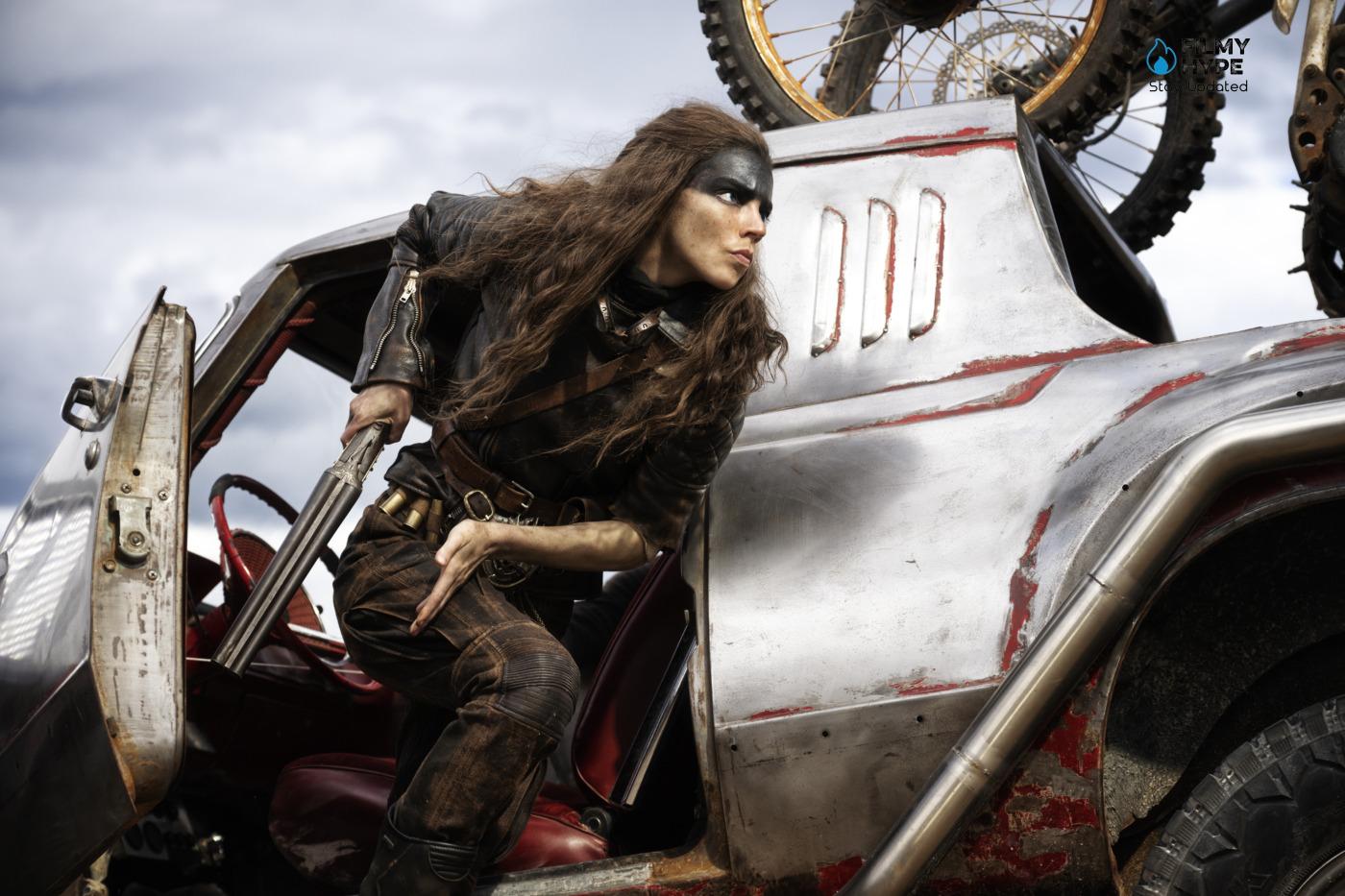
In filling the already iconic role of Furiosa, Anya Taylor-Joy faces a titanic challenge, because very few characters have become cult as quickly as Furiosa. Yet the young actress emerges triumphant with a magnetic and intense performance: her ability to capture the character’s strength and determination is extraordinary, transporting viewers back into the post-apocalyptic world with an emotional and physical power worthy of the character work done preceded by Charlize Theron. Thanks also to the richness of the script, Anya Taylor-Joy adds new depth and dimension to Furiosa, making her not only an icon of strength and courage but also a character rich in human nuances and vulnerability. Alongside her, Chris Hemsworth also shines in a completely different performance from the ones we were used to: his Dementus, a ferocious warlord, is frightening and charismatic at the same time.
His interpretation is almost always bordering on caricature, but it adapts well to Miller’s dirty and crazy universe. Completely different, however, is the surprising Praetorian Jack by Tom Burke, a character who recalls in every way the Mad Max (especially that of Mel Gibson) that we love so much and who unexpectedly becomes fundamental both for the young Furiosa and for what then it will become in the future, both for the extraordinary success of the entire film. But as perfect as the performances and the exhilarating narrative may be, this film would not be a new masterpiece without George Miller’s unique direction, his passion and genius exuding from every frame. His ability to once again transport viewers to fantastic worlds confirms his status as a visionary director, capable of pushing the boundaries of cinema and creating unforgettable works. And inimitable, despite numerous attempts.
Just like Fury Road nine years ago, and the first Mad Max in the ’80s, Furiosa: A Mad Max Saga is a film that fascinates and overwhelms while watching, but which does not end with the credits. It continues to live in the minds of those who were fascinated by that world and would immediately like to return, but also in conversations and debates between spectators or the dreams of aspiring filmmakers. Miller reminds us for the umpteenth time that he is not just a director, but a master who has redefined genres and influenced entire generations. Not just filmmakers, but artists of all kinds. And this is why in an all too homogeneous panorama, dominated by blockbusters without depth and ideas, Furiosa stands out as a beacon of originality and creativity within the genre. But also, the demonstration that it is possible to create a sequel/prequel coherently, without necessarily being banal or always trying to take the easiest path. Or that of simply endlessly reproducing a winning formula. Furiosa could have done it, but instead, she takes a lot of risks and wins every single bet.
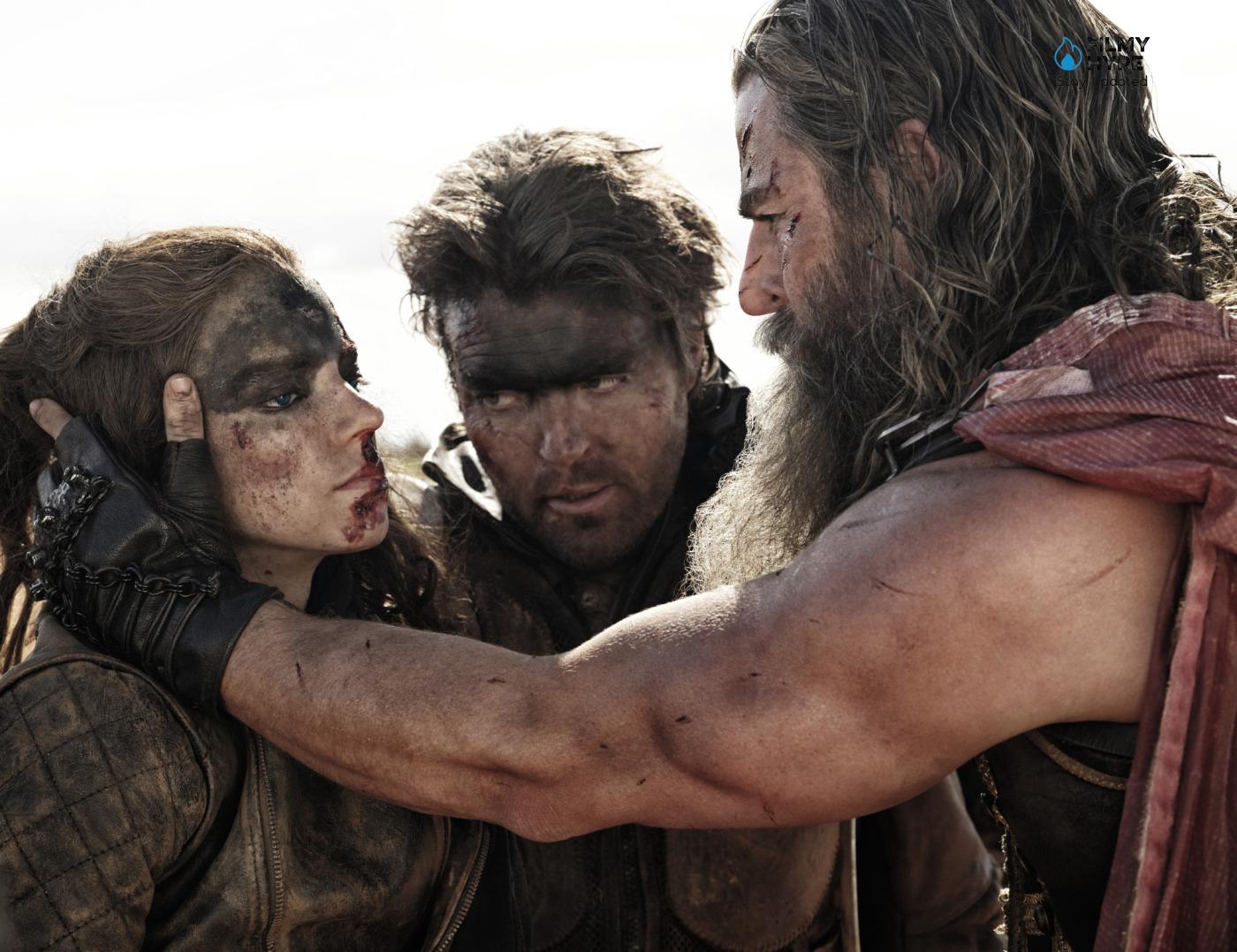
And it is incredible, and unfortunately significant, that it is an octogenarian like George Miller, once again, who defies industry conventions and public expectations. And one of the few to indicate, for decades now, new paths. Roads that continue to remain deserted, dusty, and often forgotten. But at this point, it doesn’t matter as long as there are only the characters created by Miller on those streets, first and foremost his marvelous Furiosa, we will certainly be happy to continue frequenting them. In any case, everything else remains. And it’s a lot. George Miller, together with his team of screenwriters, thinks quickly. And he wants the viewer to do it too. There is no need to feed anyone, during every clash or action of the characters, every decision, even when very complex and strategic, is directly shown, never explained. Even what is resolved in a few moments after a few seconds appears to be the result of a series of choices that began much earlier.
Good and bad mix, to survive they pass over everything and everyone (as demonstrated by the lizard disintegrated by the passage of a convoy), even over the bodies themselves, whether tattooed or mutilated. The abundance of details is such that as soon as Furiosa is finished the desire remains either to see it again or to have a good refresher with Fury Road, to which it is perfectly connected. Overall, an extraordinary film. Furiosa is the cinema of a singer of movement and images, who adds another chapter to his apocalyptic and motorized epic. A chapter that makes Mad Max even more of a successful, legendary, sublime saga, capable of finding the right performers, of exciting and exciting the audience, of making them witness something grandiose in scale, ambition, and epic nature.
On paper, Furiosa is a film that has no reason to exist, but he doesn’t care, and it exists anyway. It exists precisely because George Miller had a great idea: to give the revered Fury Road some solid roots from which to sprout. Because this is not only the origin story of its iconic protagonist, but the cement on which the entire world of Mad Max is based. Furiosa’s courage is all here: in traveling the same road as Fury Road against traffic, effectively betraying his predecessor. Because if Fury Road was a film that denied the need for a plot, Furiosa embraces the taste for narration, for the founding myth with an almost biblical tone. It does so by telling the traumatic origins of Furiosa in a foolish civilization where love is on its last legs. Like water in the desert. Like petrol in the tanks. Yet it is precisely from that shred of love that everything starts from a mother chasing her daughter.
A daughter destined to become a survivor who distrusts everything and everyone, following only her instincts. We’ll let George Miller tell you about the rest of the room. Compared to Fury Road here we talk more, talk more, and run slightly less, but when you run, you run great. Crazy to think that George Miller created the antithesis of his great masterpiece with a film that not only builds its foundations but is capable of giving even more value, depth, and meaning to Fury Road. To clarify: the effect is the same as seeing Rogue One. Once you finish that, you just want to watch Star Wars again right away. The same happens here and that clever George Miller knows it very well. The genius with the awareness of having created two complementary creatures, which fit together perfectly.
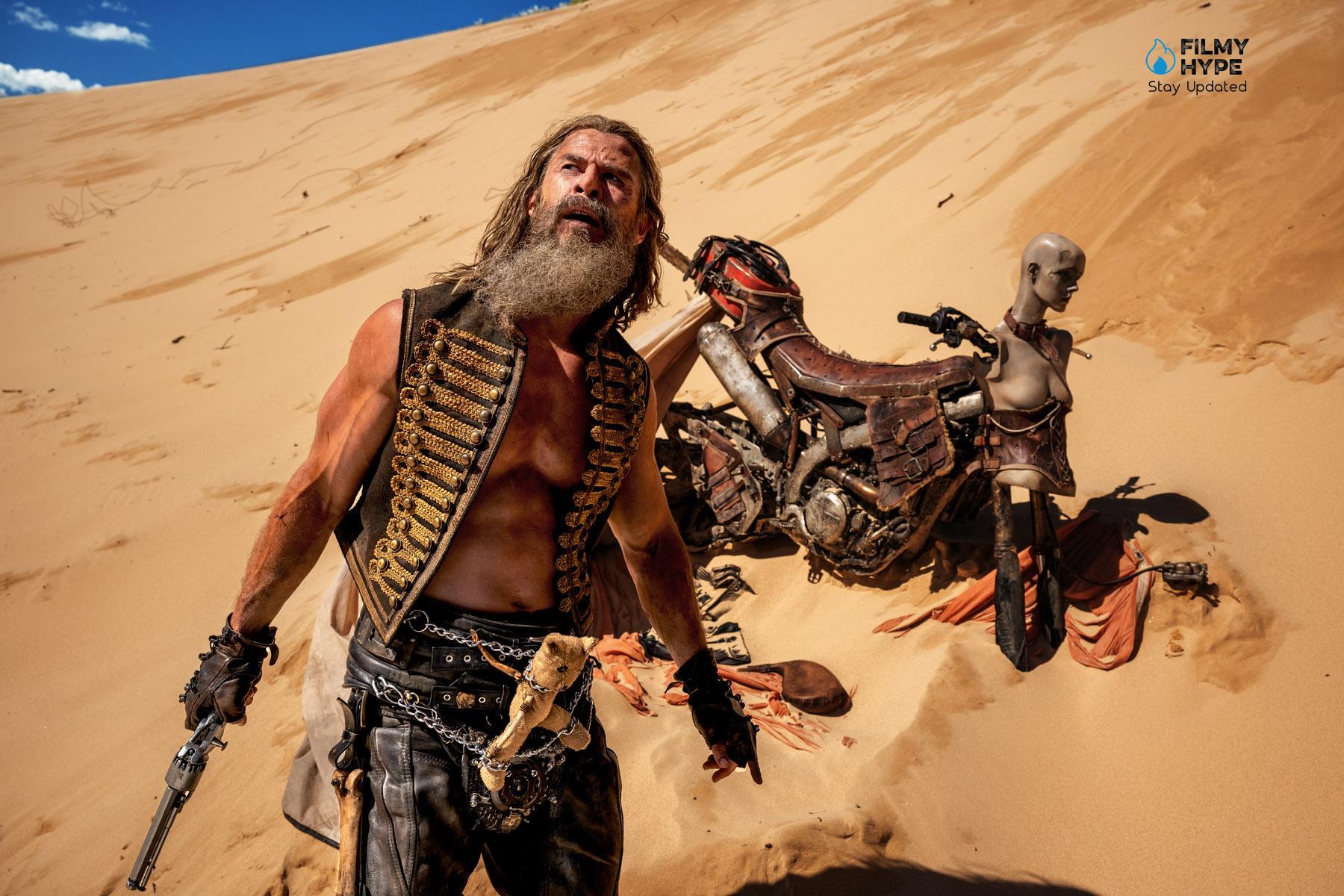
Furiosa is everything Fury Road didn’t want to be, yet that doesn’t mean that George Miller has distorted his delirious diesel-punk imagery. No, because if the bombastic and frenetic action touches the peaks of Fury Road without creating too much déja vu (but without giving up some dutiful self-quotations), at the level of concept design of the vehicles, objects, and characters, here things are still more rotten, dirty and dilapidated than in the past. This is why Miller once again takes two sex symbols like the inspired Anya Taylor Joy and Chris Hemsworth (in the role of a colorful antagonist) and empties them of beauty, dirty them, mocks them, and mistreats them.
Because in this sick world, there is no room for the beautiful and the good. A sentence that pollutes Furiosa’s motivations, whose deeds become a strange mixture of hate and love, violence and pity, altruism and selfishness. But the only truly altruistic one around here is George Miller, who once again gives us a great film. A memorable celebration of cinema as a “story of moving images” which this time does not disdain the power of words and stories. Those from which the great stories are passed down to posterity are born. As we will do with this film that shouldn’t have existed and instead, thank goodness, exists anyway. “I live, I die, I live again”, someone said. It also applies to cinema which comes back to life every time that crazy George Miller gets behind the wheel of a film.
Furiosa: A Mad Max Saga Review: The Last Words
Furiosa is a visual and narrative explosion that enriches the Mad Max universe with new nuances. Anya Taylor-Joy delivers a magnetic performance, while George Miller confirms his mastery of creating post-apocalyptic worlds. A must-see for anyone who loves cinema that pushes the limits of the imagination. It loses a bit of power in the grand finale, almost gets stuck in the decisive confrontation, and has the limit of not allowing its heroine to find different answers compared to the Mad Max of the first film. However, it remains a great film, a cinema made by those who stay on the set until they run out of strength, with enthusiasm, effort, and recklessness. Very alive, grandiose, monumental.

Furiosa: A Mad Max Saga Review: Spectacular, Epic and Enthralling | Filmyhype

Director: George Miller
Date Created: 2024-05-15 17:52
4.5
Pros
- Visually as exciting as the previous one, even richer from a narrative point of view.
- The Mad Max universe becomes richer and more fascinating.
- Taking Charlize Theron's place was a difficult task, Anya Taylor Joy convinces with a physical and magnetic interpretation. Applause also for Chris Hemsworth.
- It manages to equal its predecessor and perhaps, in some respects, even surpass it.
Cons
- It makes us want so many more spinoffs/sequels. But always directed by George MIller.



